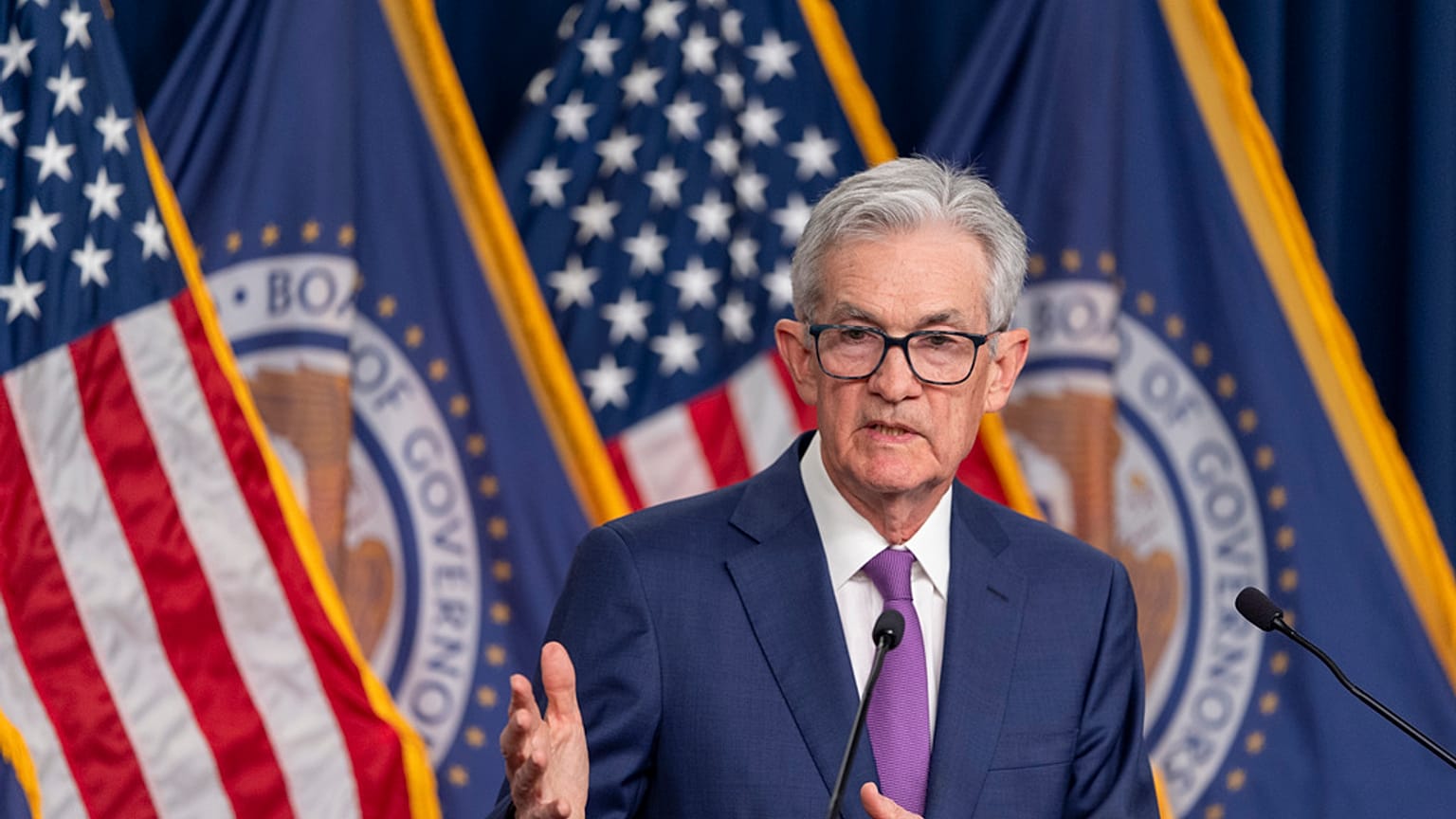Why did markets fall after Fed meeting and Powell’s remarks?
Signs of a challenging day in financial markets were already evident as yesterday's session opened in New York. The downward momentum was initially driven by disappointing quarterly earnings from technology powerhouses Alphabet and AMD, both of which are at the forefront of artificial intelligence innovation.
Yet, it was the Federal Reserve's actions and Chairman Jerome Powell's comments that precipitated Wall Street's most tumultuous day since September 2023.
The decision to keep interest rates steady at 5.25%-5.5% wasn't the main story, as it was largely expected by market participants.
Instead, it was how the Fed and Jerome Powell reacted to traders’ optimistic anticipation of a March rate cut that sent ripples through markets.
January Federal Reserve meeting: Key takeaways
The Federal Open Market Committee (FOMC) observed that economic activity has been expanding at a solid pace, with a still strong labour market despite moderated job gains. Inflation has shown signs of easing over the past year but still remains elevated.
The Federal Reserve opted to use both a sweet and sour approach in its outlook for future interest rates.
On the positive side, references to future rate hikes were notably toned down, if not entirely removed.
The phrase "in determining the extent of any additional policy tightening that may be appropriate to return inflation to 2% over time" has been altered to: "In considering any adjustments to the target range for the federal funds rate, the Committee will carefully assess incoming data, the evolving economic outlook, and the balance of risks."
However, the Fed expressed a cautious stance on imminent rate cuts, dampening the hopes of those betting on a reduction in March. The statement highlighted that the Committee needs greater confidence in inflation trending sustainably towards 2% before considering lowering rates.
Fed Chair Powell dampens March rate-cut hopes
Fed Chair Powell was more forthright and explicit compared to the formal policy statement issued by the Federal Reserve.
The Fed Chair stated that it is "unlikely" that the committee will be sufficiently confident by March to implement rate cuts.
"Based on today's meeting, I would tell you that I don't think it's likely that the committee will have the requisite confidence by the time of the March meeting to identify March as the appropriate time for such action," Powell remarked.
Powell's acknowledgment of the US economy's resilience, highlighted by a 3.3% GDP growth in the fourth quarter, underscores that the Fed is in no rush to cut interest rates.
Yet, Powell's insistence on not just reaching but convincingly maintaining the 2% inflation target points to a longer horizon for policy easing than markets had hoped.
In December, the Personal Consumption Expenditure (PCE) price index, the Federal Reserve's preferred inflation measure, remained steady at 2.6% year-on-year, the lowest level in nearly three years.
But despite improvements in inflation, Powell emphasised the ongoing challenge, stating, "It's still too high, and there is no certainty about continued progress in bringing it down."
The past six months of benign inflation data do not seem to be sufficient to convince the Federal Reserve that price pressures are consistently moving toward the 2% target.
Sharp market reactions
The probability of a rate cut at the March 20, 2024 meeting witnessed a significant decline following Jerome Powell's remarks.
Traders now assign a 36% chance of a rate cut, down from the previous 50% estimate before the Federal Reserve meeting, and well below the nearly 90% chance of a month ago. Nevertheless, speculators still anticipate a reasonably aggressive cycle of rate cuts by the Federal Reserve, factoring in six consecutive cuts starting from the May meeting.
Markets did not react favorably to Jerome Powell's press conference. The hawkish sentiment by the Fed chair pushed the S&P 500 index to close at its daily lows, down 1.6%. This marks the worst session since September 21, 2023.
The technology-focused Nasdaq 100 index underperformed, closing down 1.94%, in its worst day since late October.
The hawks have regained the upper hand, at least for now, buoyed by the resilience of the U.S. economy. However, an important test looms on the horizon this Friday with the release of the January jobs report.
It will shed light on how long the Federal Reserve can realistically hold interest rates high for longer.


















